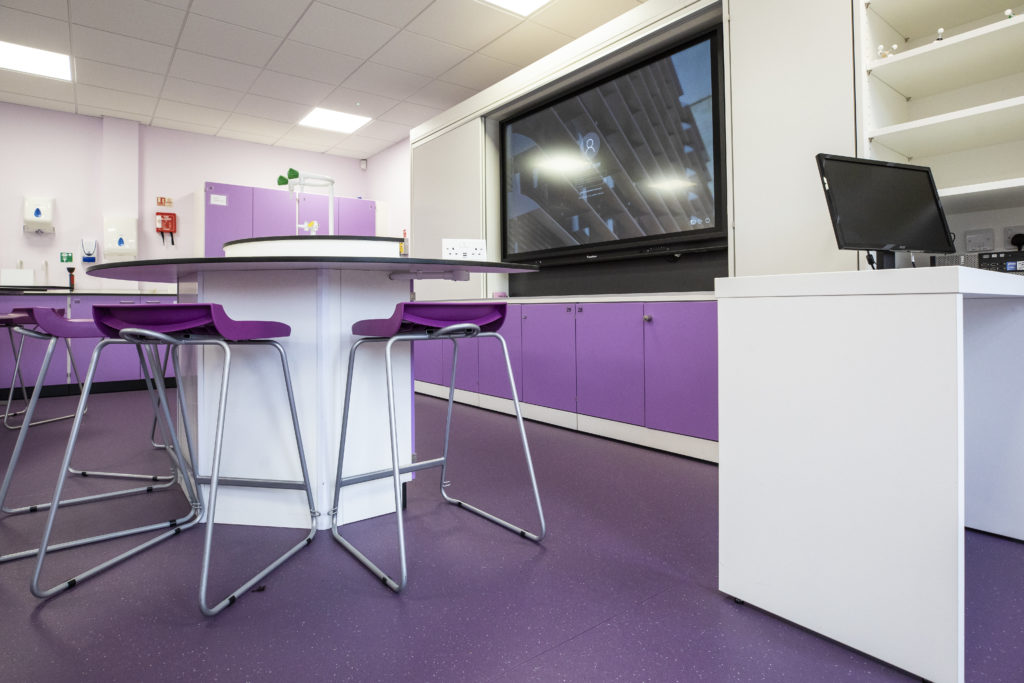Self Directed Learning: ‘A process in which students take the initiative to diagnose their learning needs, formulate learning goals, identify resources for learning, select and implement learning strategies, and evaluate learning outcomes.’
Students of today

Students today are very confident with technology and extremely sociable, with large networks – whether in person or online. Encouraging students to take the initiative with their learning is easy when their surroundings supports pupils’ ongoing success in educational activities.
Envoplan’s modern learning spaces tap in to your students’ needs. With a range of technologically advanced layouts, flexible learning areas are created to increase connectivity. Students, who are both highly mobile and adept at multitasking, want to be stimulated, challenged and involved in problem solving, often in group activities whereby using a collaborative approach they can work together for the best results.
Teachers of today

Teachers are key to this learning process. By giving students not only the self belief and awareness of their abilities, but also the direction and resources to manage their activities, self-directed learning is a million miles away from the old fashioned ‘teacher at the front of the classroom’ model still used by many schools, which is quite simply seen as outdated and old fashioned.
Ongoing cognitive research is aimed at continuous improvement of the potential of learning and we at Envoplan use this as a basis for all our intelligent classroom design layouts. For your teachers, different ways of imparting knowledge means they can introduce new ways to guide and ultimately enhance childrens’ ability to understand, whether by active, blended or collaborative styles of education. With the role of the instructor shifting from the ‘sage on the stage’ to the ‘guide on the side’ in a forward thinking, motivational self-directed learning environment, we accommodate all styles of learning.
Learning spaces of today

The evolution of learning spaces began with a movement in the early 2000’s away from the library as the main learning centre and towards the classrooms, for individualised subject specialisms. Whilst libraries still foster inquiry, imagination, discovery and creativity, with Envoplan’s experience your classrooms will become safe, inclusive and welcoming advanced virtual learning spaces.
We work collaboratively with you to ensure that our learning spaces are inspirational, implement a lifelong love of learning and that put students at the heart of all their lessons; creatively and imaginatively designed classrooms with flexibility for a range of layouts encourage active engagement. Our aim is to give your students higher levels of motivation and success with learning spaces that enhance their natural talent and focus with dynamic, digitally assisted workspaces that become hubs of activity whether working individually or with others. Our designs incorporate furnishings, whiteboards, Teaching Walls, storage and a host of other discreet options so the focus is on learning at all times.
Our designs will provide you with quality educational areas that not only add value to your learning environment, but inspire your students to achieve maximum success.




